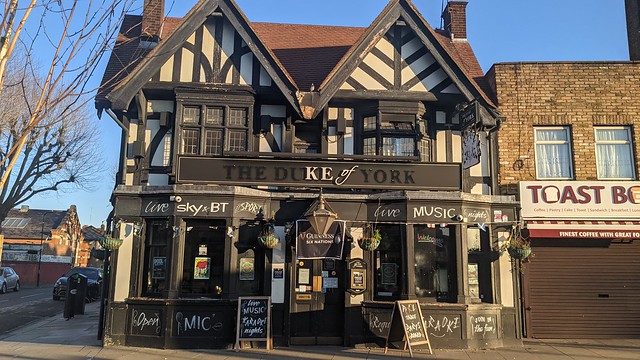I was born and raised in London in the 60s and have been taking photographs since a child. Family cat, leaves in the back yard, regular stuff.
In the mid-80s I left to live in New York City. There I found a new way of photography, or perhaps it found me. My style simply grew out of my reaction to what was happening around me and taking pictures was a means of making sense of it, of trying to connect.
The streets of Manhattan were full of open emotions, of highs and lows, of new sights and sounds and I couldn't get enough of them. The pictures I took were no longer carefully composed. They were taken as a reflexive act, part of a stream of consciousness as I careered down Broadway, across West 14th, back up 7th Avenue, immersing myself in the ebb and flow of the city, learning how the light fell at what time of day on what corner, a creeping familiarisation.
I shoot and move on, don't look back, just keep walking. I find a film processing place on West 23rd. The contact sheets invariably disappoint me. They're mute. I try harder. I want them to be as alive as the streets.
I returned to London. Walking the streets, camera in hand, it's not NYC. Life isn't lived in public in the same way. The sun doesn't shine as strong or as long. I've to work that much harder and longer to tap into the same energy from the streets. I'm also no longer the outsider, this is my home town after all, but my motivation and way of working are still relevant. I've returned to a London in the boom times and I feel like an uninvited guest at the party. Photography now channels my mixed emotions into something tangible, a positive from the negative.
I still use film, it makes no economic sense as I develop rolls and rolls to produce one worthwhile image but there is a preciousness about the 36 frames. Rewinding the exposed film back into its canister feels satisfying, a job done. Reloading a new one a kick start.
For a long time I paid no serious attention to the printing of my pictures. I regarded the fine art world of archive prints and white gloves as irrelevant. I showed my work pasted as photocopies on corrugated metal fences Then I was fortunate to meet someone who showed me that it was possible to print my pictures without anaesthetising them. Stuart Keegan's prints brought those original scenes back to life, turned the volume up. I felt like an acapella musician brought into a recording studio and given the wall of sound treatment. The resulting prints brought my work to a new audience. They were collected and exhibited and raised new questions for me.
My method of selecting images for printing up from the countless contact sheets was very much based on gut instinct, that first glimpse that induced a physical intake of breath in me. I'd never analysed them in a more intellectual way, their theme, tone, composition. I resisted it for fear of second guessing myself, giving myself the yips and losing whatever touch I had. Slowly I began to review my early work and found myself enjoying the process, of looking at them with fresh, or perhaps older, eyes. Images that I'd ignored now spoke to me.
A website followed and a book's on the way.
Meanwhile I'm still on the streets, still searching for a pulse, a beat.
6 Sept 2009
full frame, uncropped
Subscribe to:
Post Comments (Atom)








No comments:
Post a Comment